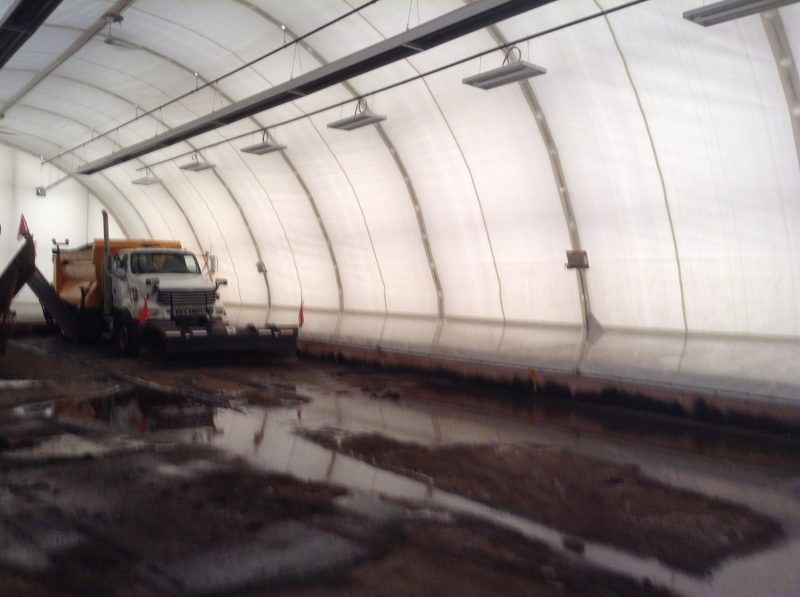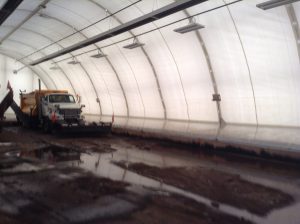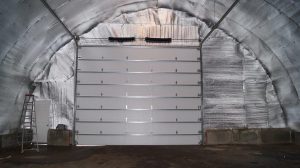Many of our FastCover clients wish to insulate their new FastCovers so that they can store or maintain equipment, protect inventory in or do some light manufacturing. There are a number of ways that this procedure can be done with various aspects to heat retention. Rigid board or fiberglass are the most common methods although spray insulation has been used. Spray insulation, although an excellent source of heat retention does render the high density polyethylene fabric to become permanently rigid. In light of the fact that many of our structures are portable they are often disassembled and re-erected at another location, making spray insulation a somewhat less desirable option.
Rigid board insulation is one common method of heat retention for FastCover structures. The combination of R value and dead air space between the exterior fabric and the interior rigid board can provide adequate heat retention with electric or temporary propane heat. Most rigid board insulation has a foil interior cladding that not only provides rigidity but reflects heat from the source, back into the building, making it an excellent source of heat retention. Couple this with sealing the edges of each board to create a continuous envelope adds to its value. Rigid board can be attached to the inner chords of the truss with horizontal wood strapping (1x4s are commonly used) or with factory supplied “U” channel adhered to the truss. FastCover fabric covers transmit approximately 80% of the exterior daylight. When combined with rigid insulated boards a light source is now required. When considering this option always take into consideration your available power source and lighting requirements and remember service and maintenance is slightly more time consuming and some boards may need replacement.
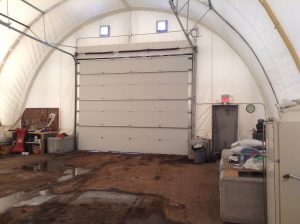
Fiberglass insulation is also an excellent form of heat retention. This method although more labour intensive, is quite cost effective. FastCover commonly uses fiberglass insulation in roll form. Structures need to be strapped horizontally and the roll insulation is applied up and over (side to side width-wise). The R value of the insulation may be dictated by the depth of the truss and space available for thickness of the insulation.
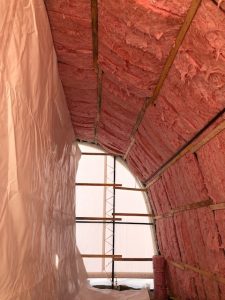
R12 is very common and adequate for our single truss structures as the rolls are 3’ in depth. As truss depths increase with building widths it is common to see R20+. Once insulation has been placed many of our clients finish the interior of the structure with our fabric liner. This protects the insulation from damage or movement yet still provides a reasonable amount of light transmission into the structure. Service and maintenance is the simplest with this type of application.
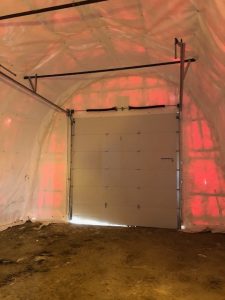
A very popular heat retention option is to install an interior liner and create a dead air space in between the exterior and interior liners. The depth of the truss between the outer and inner chords of the truss will determine the amount of dead air space and the heat retention provided. Light transmission is only slightly reduced in this economical option.
One more option called thermofoil is commonly used in far north applications where heat retention is a higher priority than the light transmission through the fabric. The material comes in rolls and can be used in a similar fashion to a fabric liner.

